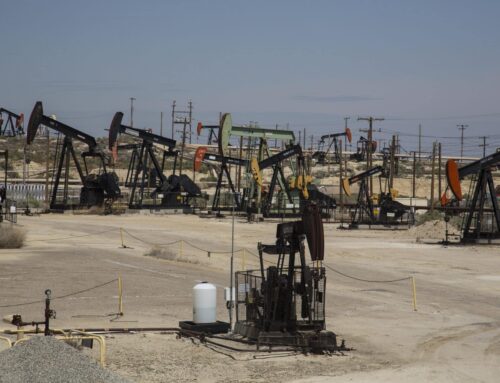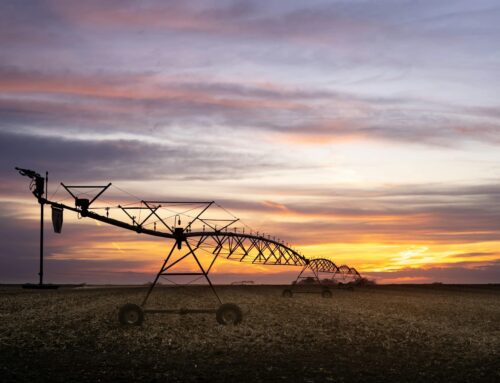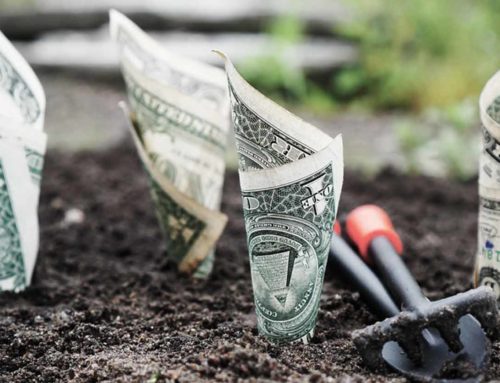It’s a timeless story of teenage romance: pledges of love, abandoning reason, and rebelling against authority. But it’s not the plot of a John Hughes movie, instead it describes U.S. Department of Agriculture (USDA) Secretary Tom Vilsack’s love affair with ethanol. Like in any love crush, this two-term governor of Iowa just can’t seem to quit you, ethanol. And so this week, for his ignoring the will of Congress in order to shower the ethanol industry with $100 million to install blender pumps at gas stations, Secretary Vilsack earned a Golden Fleece award.
While the Agriculture Secretary is tasked with representing the interests of all of taxpayers, at times Secretary Vilsack seems to have never left Iowa. He regularly attends ethanol trade conferences and is one of the industry’s most vocal supporters.
Under Vilsack’s guidance, the USDA co-opted the Renewable Energy for America Program (REAP) to support ethanol blender pumps in 2011. REAP was created to help “rural small businesses to purchase or install renewable energy systems or make energy efficiency improvements” to power their operations. Its purpose was clear, but USDA saw an opening in the law’s failure to narrowly define “renewable energy systems.” In its 2011 interim rule it issued for the program, the department declared that “flexible fuel pumps” qualified as such systems. It was a shameless attempt to use tax dollars to help the ethanol industry distribute its product.
As ethanol producers will acknowledge, blender pumps don’t generate electricity or increase efficiency, but are simply a method to increase ethanol’s share of the gasoline market. Currently, almost all U.S. gasoline is 10 percent ethanol, or E10. The industry obviously wants drivers to consume more ethanol, so it pushes higher blends, like E15, E30, or E85. But normal gas pumps can’t handle corrosive high-ethanol gas, or offer multiple blends. So ethanol needs separate infrastructure and a mechanism to mix it with regular gasoline, hence the need for blender pumps.
Like parents catching a teenage boy sneaking in through the window, Congress immediately objected to Secretary Vilsack’s re-purposing of REAP to pay for blender pumps. The House overwhelmingly passed amendments offered by then-Rep. Jeff Flake (R-AZ) prohibiting the USDA from spending money on the blender pumps. Then in the 2014 Farm Bill, Congress specifically excluded blender pumps from the definition of renewable energy systems and stated the obvious – that REAP was never meant to pay for installing pumps at gas stations.
Like in any great theatrical romance, being forbidden only strengthened Vilsack’s ardor for blender pumps. Within weeks of Congress passing the farm bill, Secretary Vilsack went on the record reassuring the ethanol industry that their love affair would endure: “This is an invitation to you to come to me, and I will help you and USDA will help you, make no mistake about that.” The USDA recently announced the creation of the Biofuels Infrastructure Project (BIP), which just finished accepting applications for as much as $100 million for blender pumps.
Sec. Vilsack may be sitting at a table blowing out candles somewhere, but it isn’t a happy ending for taxpayers. The corn-ethanol industry has been subsidized for more than 30 years and currently enjoys numerous tax breaks, support from Departments of Energy and Transportation programs, and the Renewable Fuels Standard (RFS) that mandates its use. So $100 million to help ethanol producers pad their bottom line is icing on a cake that taxpayers can’t stomach. The Vilsack blender pump affair is fleecing taxpayers. It has to stop.















Get Social